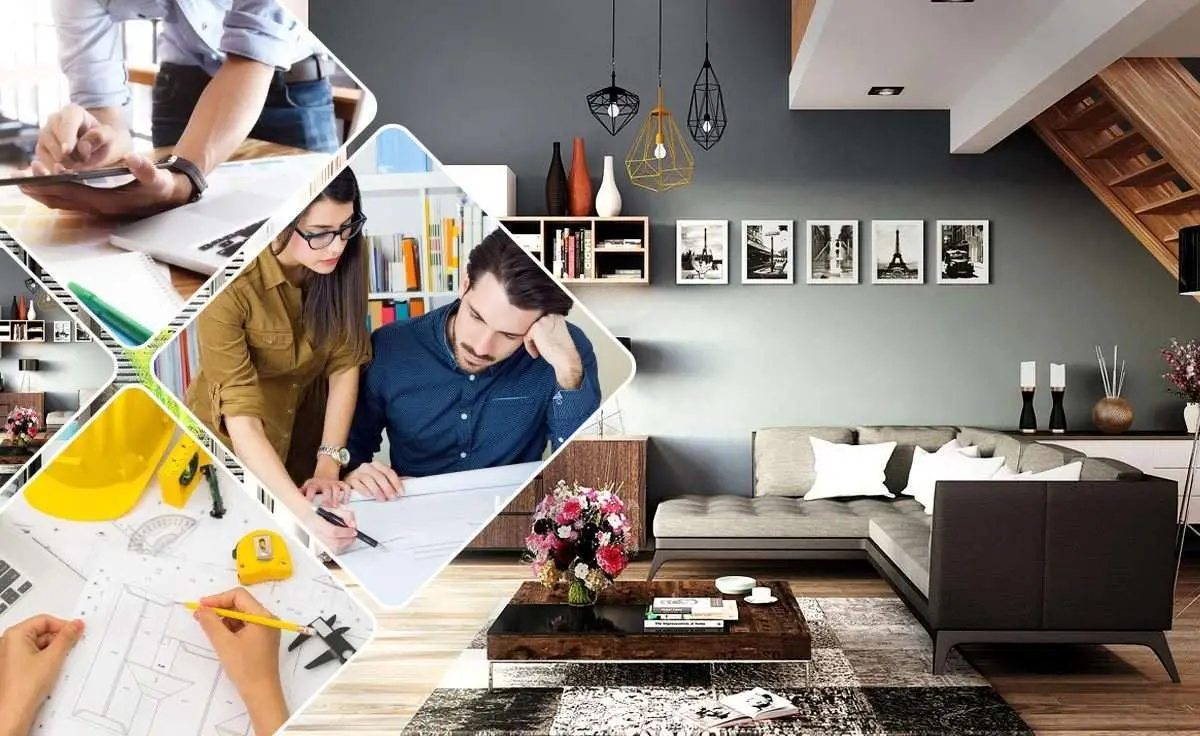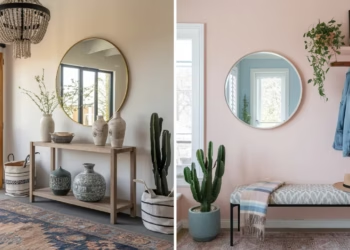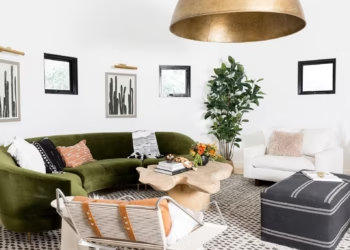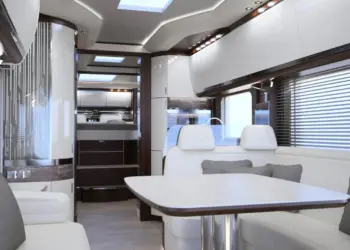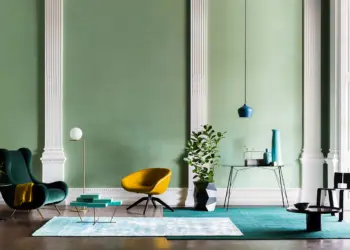In the world of aesthetics and functionality, interior designers play a pivotal role. They are the creative minds behind the transformation of spaces, turning empty rooms into captivating environments that reflect the personality and needs of their clients. But what do interior designers really do, and how do they bring their visions to life? Let’s dive into the fascinating world of interior design.
Table of Contents
Defining Interior Designers
Interior design is more than just decorating a room; it’s about creating functional and visually appealing spaces. It encompasses a wide range of tasks, from selecting color palettes and furniture to optimizing layouts and ensuring accessibility. Interior designer blend art with functionality to make spaces not only beautiful but also highly practical.
Interior Designers Have To Understand Client Needs
Before diving into the creative process, interior designer engage in thorough consultations with their clients. This involves understanding the client’s preferences, lifestyle, and requirements. Whether it’s a cozy home, a chic office, or a trendy restaurant, the designer’s first task is to grasp the client’s vision.
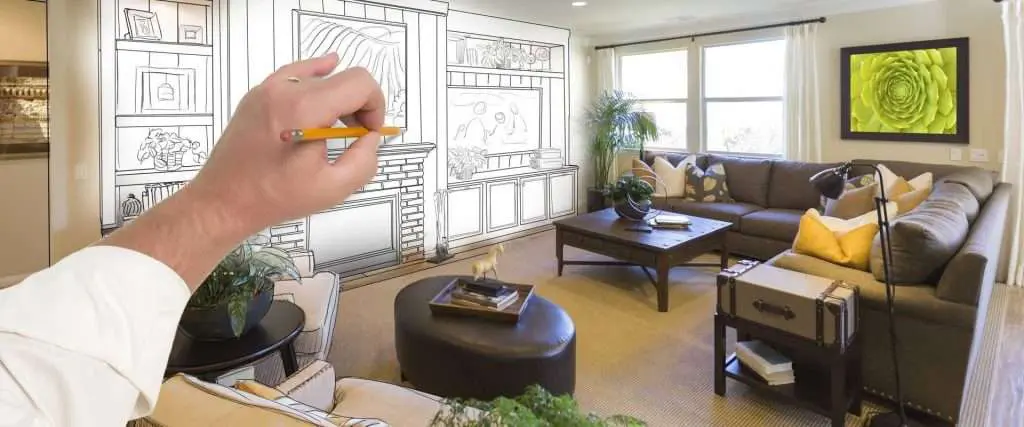
Interior Designers Have To Do Space Planning
Once the client’s needs and desires are clear, interior designer move on to space planning. This involves creating a layout that optimizes the use of available space while ensuring a harmonious flow. It includes decisions on the placement of furniture, fixtures, and accessories.
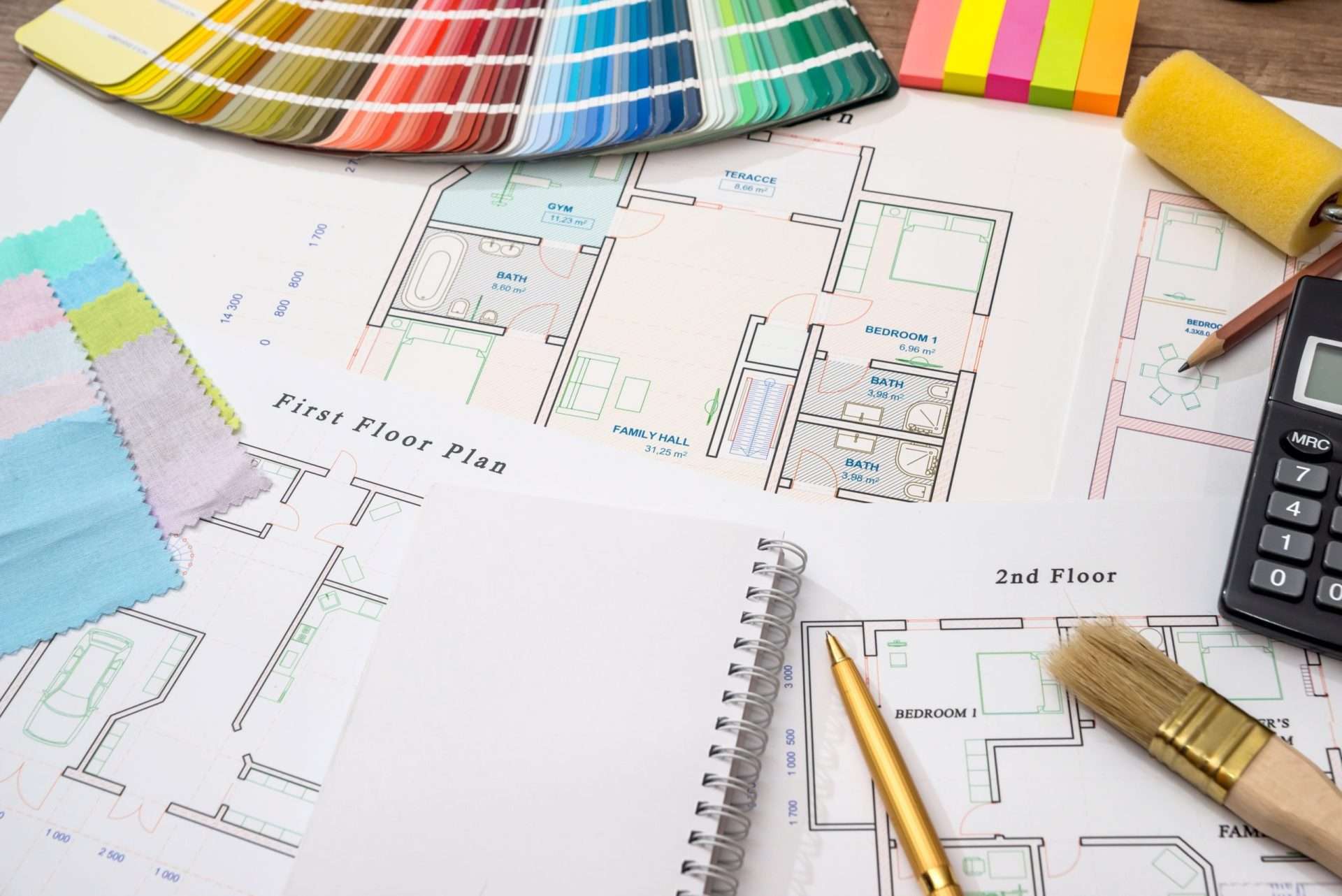
Color Selection is One of the important task of Interior Designers
Choosing the right colors is a critical aspect of interior design. Designers consider the psychology of colors and how they can influence mood and perception. They select colors that resonate with the client’s vision while maintaining a balanced and harmonious color palette.

Furniture and Fixture Selection
Selecting the right furniture and fixtures is crucial to achieving the desired look and functionality. Interior designers have an extensive knowledge of furniture styles, materials, and suppliers. They carefully curate pieces that fit the design concept and meet the client’s budget.
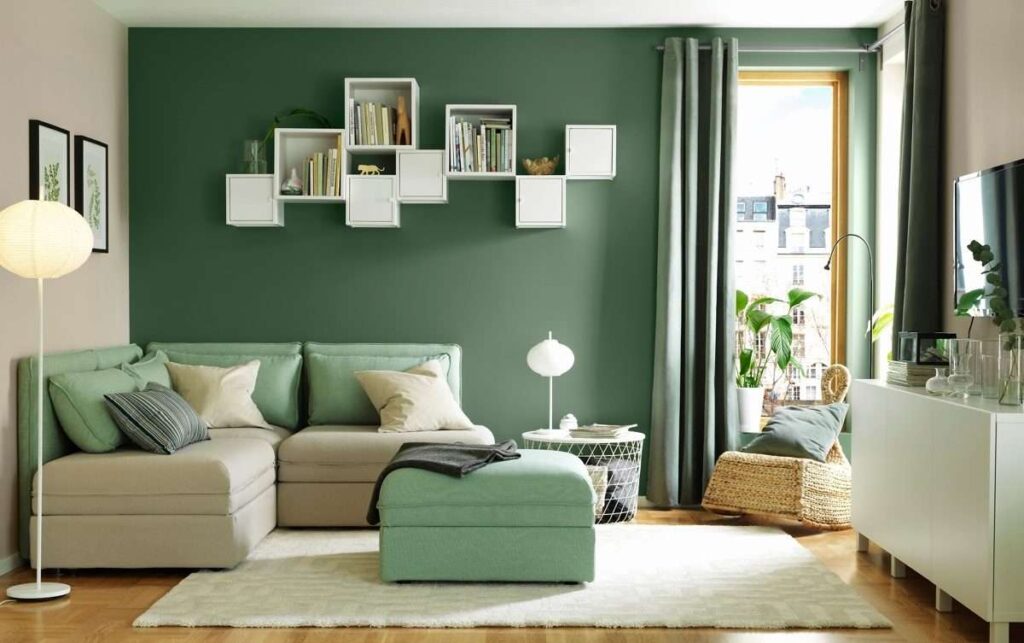
Material Selection
Materials, such as flooring, wall coverings, and fabrics, play a significant role in interior design. Designers choose materials that not only match the aesthetic but also meet the practical needs of the space. For example, they might select durable materials for high-traffic areas and luxurious fabrics for cozy lounges.
Lighting Design
Proper lighting is essential for creating ambiance and enhancing the overall design. Interior designers consider natural and artificial lighting sources to illuminate spaces effectively. They may incorporate various lighting fixtures, such as chandeliers, sconces, and recessed lighting, to achieve the desired atmosphere.
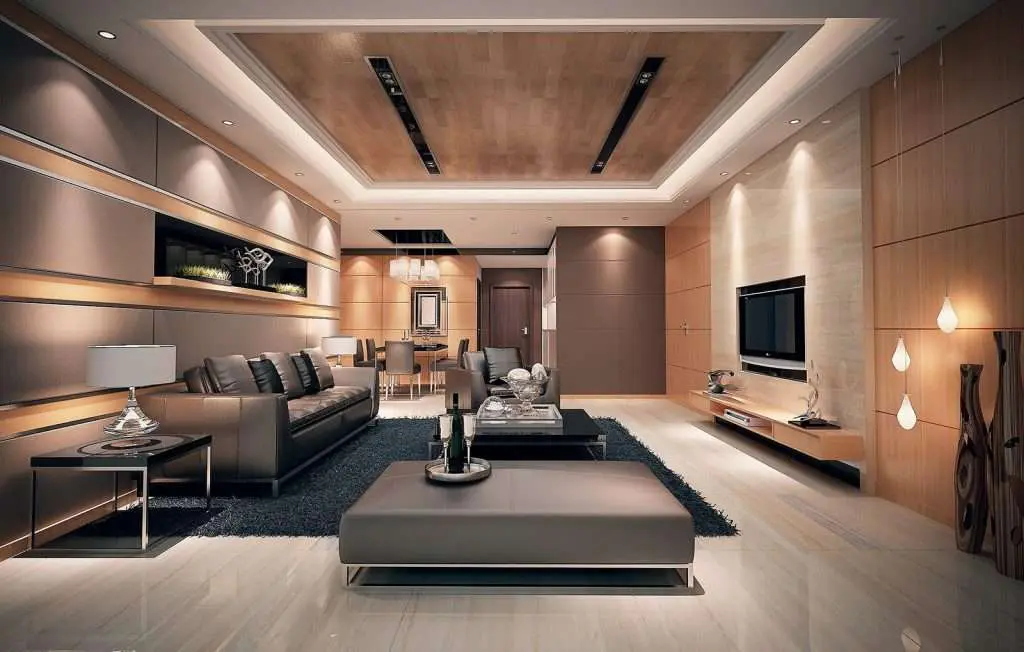
Accessories and Decor
The devil is in the details, and interior designers pay close attention to accessories and decor. From artwork and sculptures to cushions and curtains, every element is carefully chosen to complement the design concept and add personality to the space.
Budget Management
One of the challenges interior designers face is staying within the client’s budget. They are skilled at sourcing affordable yet stylish options and managing expenses to ensure the project remains cost-effective.
Project Coordination
Interior designers often work alongside architects, contractors, and other professionals to ensure the seamless execution of their designs. They oversee the construction or renovation process, making sure the final result aligns with their vision.
Sustainability and Eco-Friendly Design
In today’s environmentally conscious world, many interior designers prioritize sustainable and eco-friendly design practices. They select eco-conscious materials, energy-efficient fixtures, and incorporate green design principles into their projects.
Keeping Up with Trends
The world of interior design is ever-evolving, with new trends and innovations emerging regularly. Interior designers stay updated with the latest developments in the industry, ensuring that their designs remain fresh and relevant.
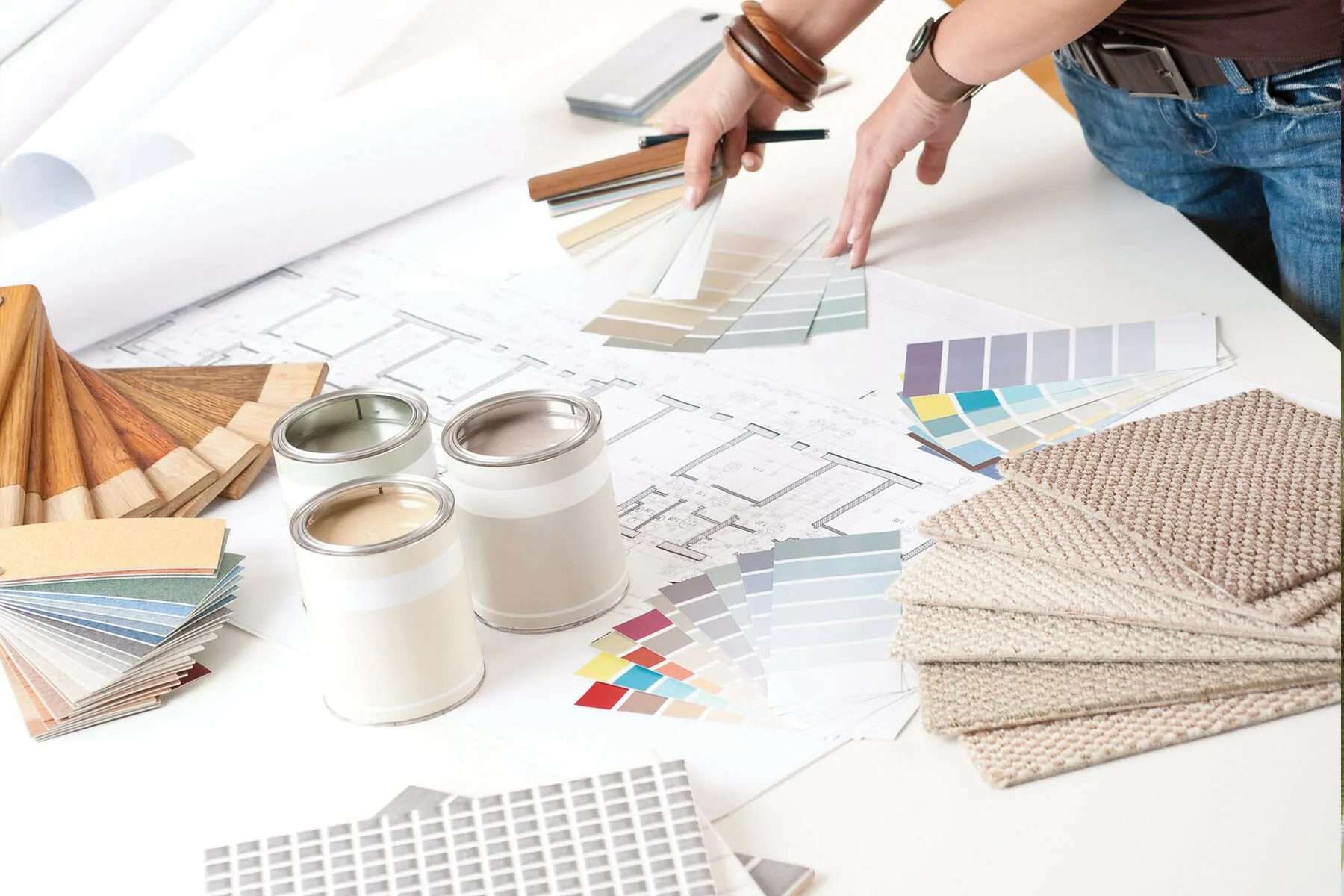
Interior designers wear many hats, from creative visionaries to project managers and budget experts. Their ability to blend artistry with functionality transforms spaces into unique and inspiring environments. Whether it’s a cozy home, a trendy office, or a lavish hotel, interior designers bring dreams to life one space at a time.
FAQs
1. How do interior designers charge for their services?
Interior designers typically charge either a flat fee, an hourly rate, or a percentage of the project’s total budget, depending on the scope and complexity of the project.
2. Can interior designers work within a tight budget?
Yes, experienced interior designer can work within a budget and find cost-effective solutions without compromising on quality and style.
3. What is the difference between an interior designer and an interior decorator?
While both play essential roles in enhancing spaces, interior designers have formal education and training, often dealing with structural changes, while interior decorators primarily focus on aesthetics.
4. How long does an interior design project usually take?
The timeline for an interior design project varies widely depending on its size and complexity. It can range from a few weeks for a single room to several months for larger projects.
5. Are interior designers only for residential projects?
No, interior designer work on a variety of projects, including residential, commercial, hospitality, and healthcare spaces, to name a few.
